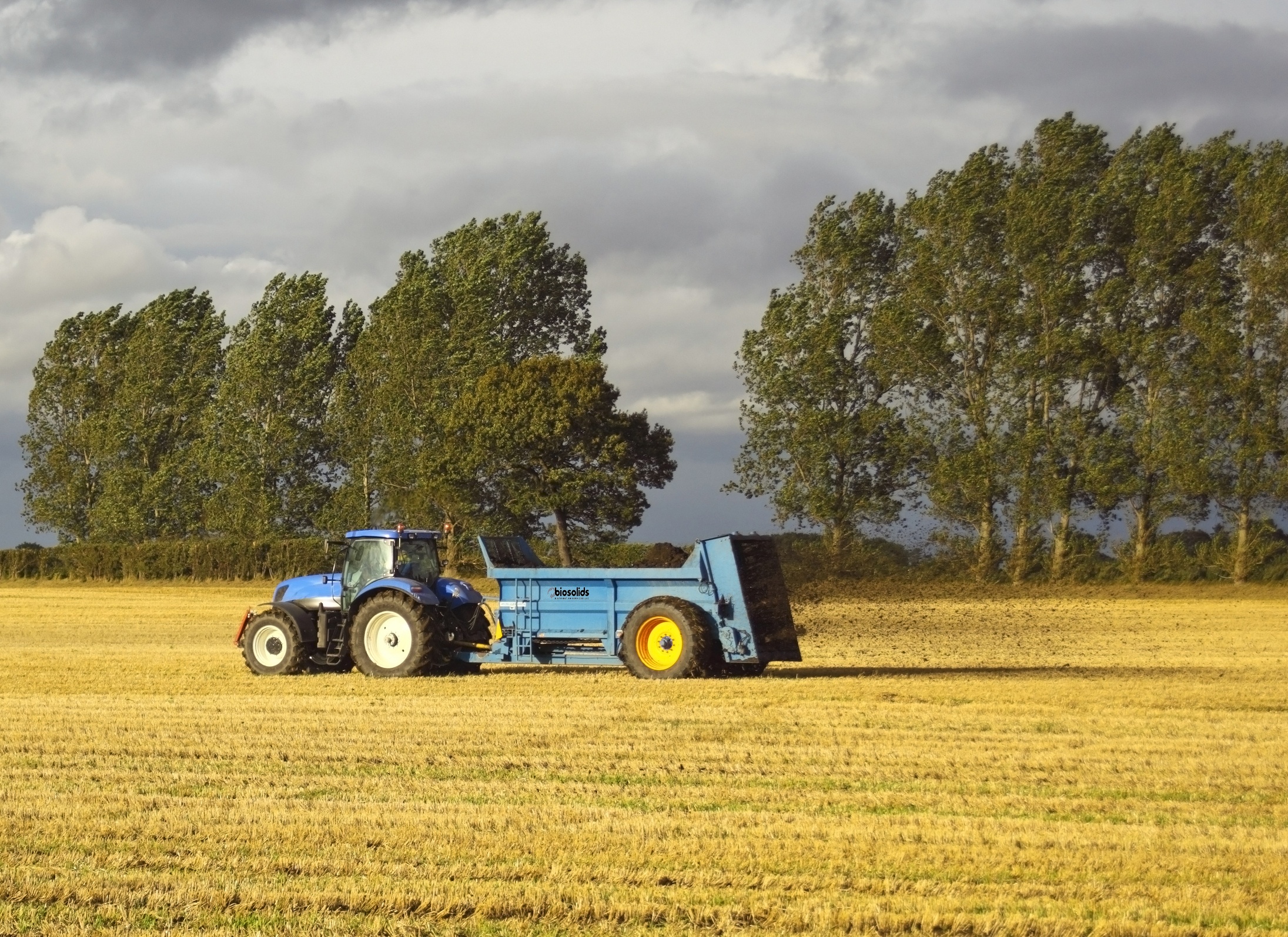Escrito por Scott Springer, Director de Ventas y Marketing, Schwing Bioset, Inc.
27 de mayo de 2015
Not in My Back Yard vs Solutions: una discusión abierta sobre la eliminación o reutilización de biosólidos
The internet is a wonderful thing – sometimes. Information is almost limitless, as are opinions on virtually any topic. While it does not compare in magnitude to the doings of a Kardashian, there is a lot of vigorous debate on the topic of how Biosolids should be disposed of. These debates play out on Twitter, LinkedIn Group chats, and local newspaper e-article comment areas, to name a few. Some of the debates are polite, informational, and serve some purpose to educate those reading the content. Others get nasty, personal, and are embarrassing. In my opinion, these biosolids discussions tend to put people into one of 5 camps:
1. Ecologistas / Científicos
2. Ingenieros / consultores / proveedores de la industria del tratamiento de aguas residuales (en la que entraría Schwing Bioset)
3. Agricultores
4. Ciudadanos
5. Trolls de Internet (un término que aprendí que básicamente describe a las personas a las que les gusta descargar sus frustraciones con cualquier persona en Internet)
Aquí hay una tendencia que he observado en estos intercambios:
Several of the environmentalists claim that the waste treatment process is inadequate to remove all dangerous elements from the waste stream. They will list dozens of chemicals that are put into the waste stream from pharmaceuticals (consumed or not) that we flush down the toilet every day to chemicals that are in the waste stream of industrial plants.
Schwing Bioset normalmente responde de esta manera:
I don’t have an advanced degree in the sciences, so there is no use in me debating this point. I do know (with my engineering degree) that:
i. Not every waste treatment plant has input that includes all of the chemicals on the list, especially the smaller to mid-size plants. Some of las plantas industriales tienen sus propias plantas de tratamiento o pretratamiento y no envían residuos al municipio.
ii. Some of the levels of these chemicals get into the parts per billion and trillion – which may or may not be harmful to people, animals, or plants. But the reality is that some of these are way below the detectable limit of most analysis techniques available. A lot of work needs to be done on this exhaustive list to determine what is really dangerous, and how to either remove it or prevent it from getting into the waste stream.
Para obtener más ideas sobre 'dónde deberían ir las cosas', vuelva pronto al sitio web de Schwing Bioset.
Si tiene preguntas o más información sobre los biosólidos o nuestro proceso de bioconjunto, deje un comentario en esta publicación de blog y nos aseguraremos de responderle o comunicarnos con usted, o enviar un correo electrónico a marketing@schwingbioset.com.


Subscribe to Start Receiving Schwing Bioset eNews
